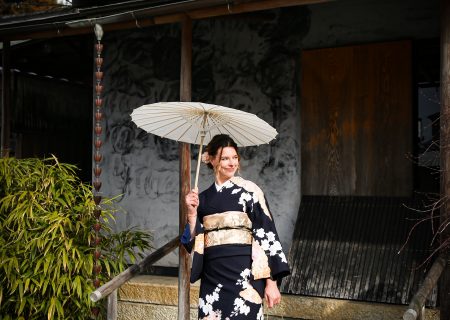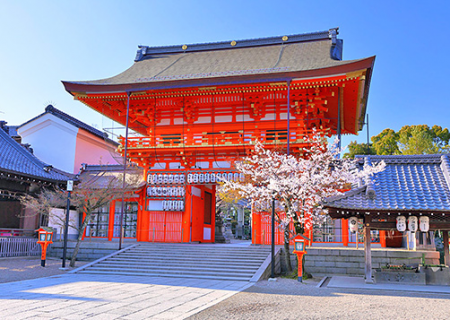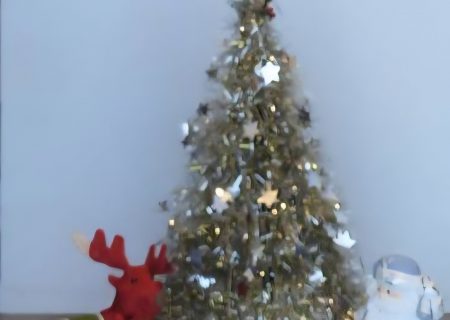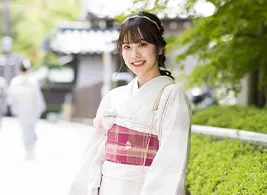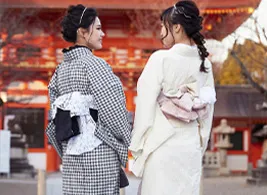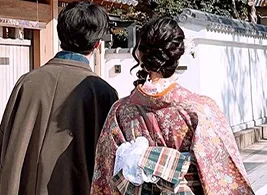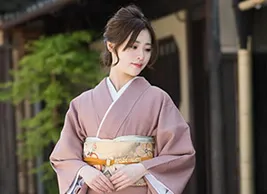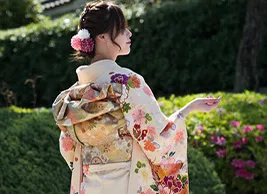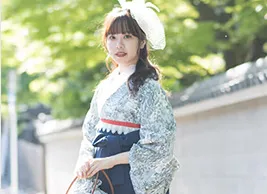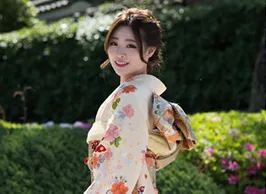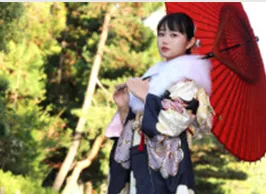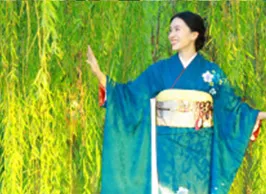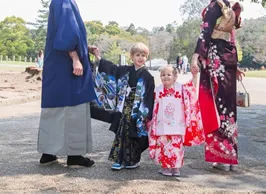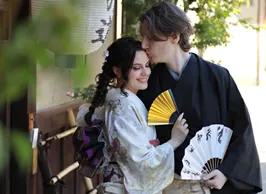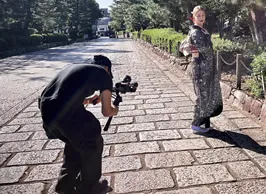The beautiful kimonos that adorn the streets of Kyoto are an indispensable part of the scenery of this ancient capital. Kimono are a symbol of traditional Japanese culture and have a long and deep history.
In this article, we will explore the appeal of Kyoto’s kimono culture and explain in detail the history of the kimono and how it came to be. Knowing this information when visiting Kyoto will add even more enjoyment to your kimono rental experience.
Index
The origin and history of the kimono
The origins of kimono in the Heian period
The history of the kimono dates back to the Heian period (794-1185). During this time, aristocrats wore a luxurious outfit called “Junihitoe.” Junihitoe is a style of wearing multiple layers of clothing, and its gorgeousness and beautiful colors can be said to be the origin of modern kimono culture.
The costumes of this period laid the foundations for modern kimonos and had a major influence on the lives and culture of Heian aristocrats.
Samurai culture and kimono in the Kamakura and Muromachi periods
From the Kamakura period (1185-1333) to the Muromachi period (1336-1573), samurai culture rose to prominence and kimono styles also changed.
In particular, the kimono called “kosode” favored by samurai was designed with ease of movement in mind, and became closer to the kimono we wear today. Kimono of this period developed to be both practical and beautiful, and became widespread within samurai society.
Townspeople’s culture and the spread of kimono in the Edo period
During the Edo period (1603-1868), townspeople’s culture flourished and kimonos became more popular among the general public. During this period, various designs and dyeing techniques were developed, and the diversity of kimonos increased.
In particular, techniques such as “Yuzen dyeing” and “Tie-dyeing” were established, and many unique and beautiful kimonos were created. The kimono culture of the Edo period was closely linked to the lives of ordinary people, and had a major influence on kimono styles today.
Kimono Structure and Types
Basic Structure
Kimono are known for their unique construction.
Basically, they are made by sewing together a single piece of fabric, and feature straight cuts. This allows anyone to wear it regardless of body type, and creates a unique silhouette that enhances the beauty of the kimono. Each part of the kimono, such as the collar, sleeves, body, and hem, is delicately designed.
Types and uses
There are many different types of kimono depending on the purpose and occasion. For example, “furisode” is a gorgeous kimono worn by unmarried women, characterized by long sleeves. “Homongi” is worn for formal visits and ceremonies, and has gorgeous patterns all over it.
There are also other types such as “tomesode,” “komon,” and “yukata,” and the designs, decorations, and occasions for wearing them vary depending on the type.
Accessories and small items
Accessories and small items that complement the kimono are also important. The obi (sash) is an important element that decorates the center of the kimono, and there are many different ways to tie it and designs.
Other small accessories such as the obiage (sash sash), obijime (sash fastening), and kasaneeri (layered collar) also affect the overall coordination. These accessories are important elements for further enhancing the beauty of the kimono and expressing individuality.
Kyoto’s Kimono Culture and Modern Kimono
The charm of Kyoto’s kimono culture
Kyoto is known as the center of Japan’s kimono culture, and its historic temples and beautiful streets are perfect for strolling around in a kimono.
In particular, areas such as Gion and Arashiyama are bustling with tourists dressed in kimono, further enhancing the atmosphere of Kyoto. In addition, various kimono events are held in Kyoto every season, allowing you to enjoy wearing kimono along with the scenery of each season.
Modern kimono and rental culture
Nowadays, opportunities to wear kimonos on a daily basis have decreased, but more and more people enjoy wearing them for special events and sightseeing.
In particular, Kyoto has many kimono rental shops, making it an ideal place for tourists to easily try on a kimono. At rental shops, professional kimono dressers will carefully help you put on a kimono and suggest outfits that suit the season and your individual style.
Inheritance and development for the future
Kimono culture is still treasured as a Japanese tradition, and modern designers and craftsmen continue to carry on the tradition while incorporating new styles and techniques to promote the appeal of kimono.
In Kyoto, we can see many such new attempts, and the fusion of tradition and modernity is progressing. Kimono culture will continue into the future, and its beauty and value will continue to increase.
Summary
Kyoto’s kimono culture is a source of pride for Japan, having developed over a long history. From the Heian period to the present day, kimonos have been closely linked to the lives of Japanese people, and their beauty and value have been passed down unchanged.
When you visit Kyoto, why not rent a kimono and experience its deep culture and history? Through the kimono, you will be able to rediscover the charm of traditional Japanese culture and create wonderful memories.
Tag
Author of this article

Waplus Yasaka Shrine store staff
Ayana Ogawa
We would like to help many customers smile through kimono rental.
I love spending time listening to customer requests and proposing kimono coordination and deciding on hair styles!
I am particularly good at hair styling, so please leave it to me to create the currently popular feminine hair.
I'll make it look cute!
My hobbies are music, movies, and shopping!
Please come and visit Waplus Kyoto!
We will suggest cute coordination!



